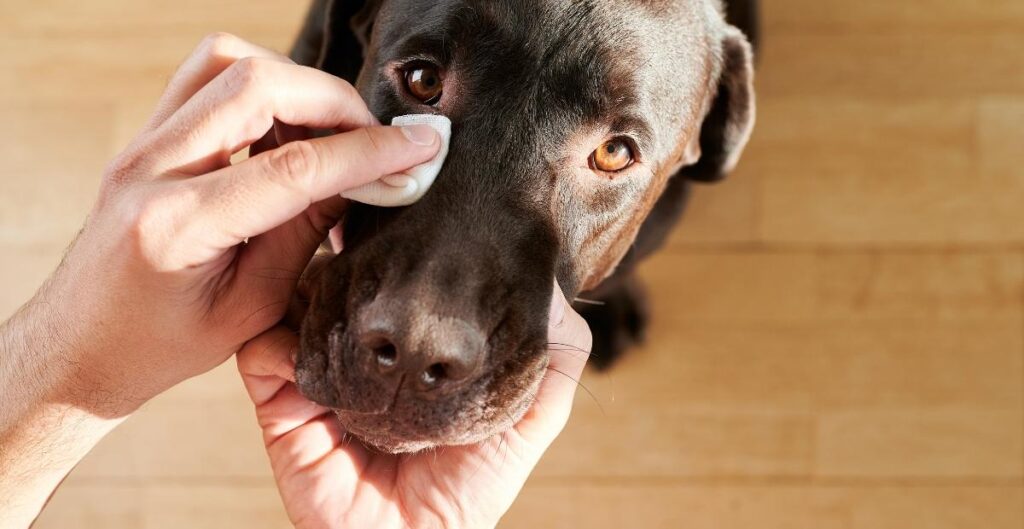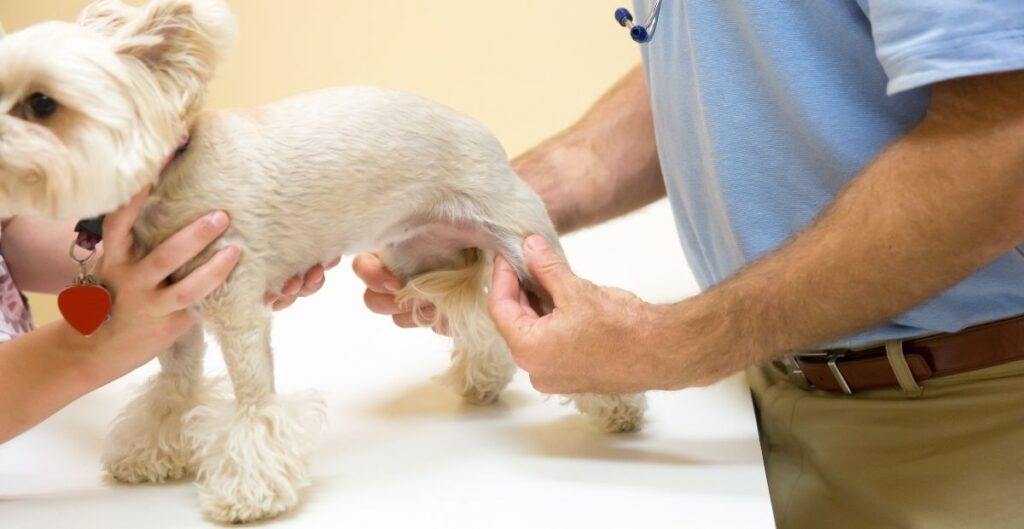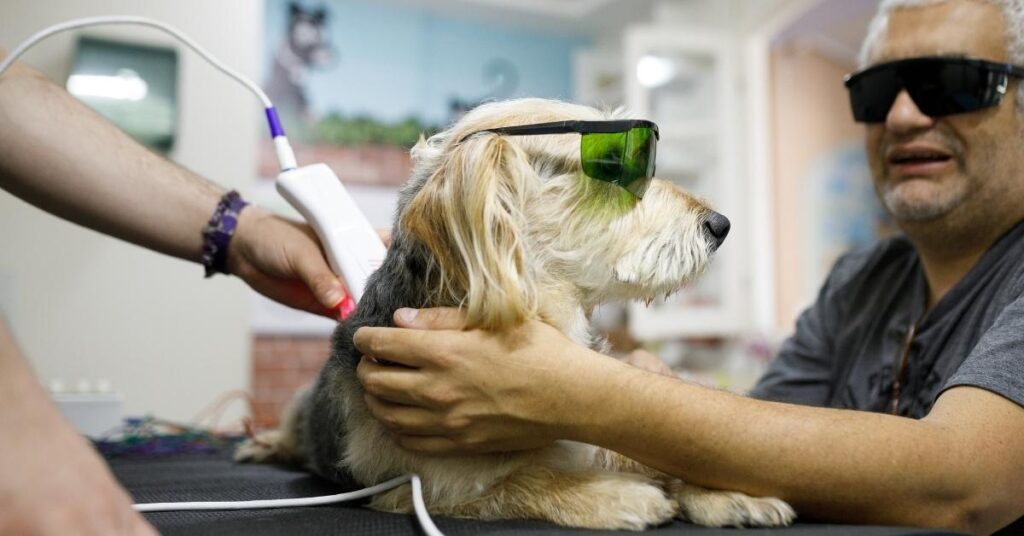Now Reading: Valley Fever in Dogs: Home Tips That Actually Work
- 01
Valley Fever in Dogs: Home Tips That Actually Work

Valley Fever in Dogs: Home Tips That Actually Work
When you live in or around arid regions—and your dog starts coughing, limping, or seeming low-energy—you may suspect valley fever in dogs. This fungal illness, caused by Coccidioides, hides under clear symptoms until it’s well underway. The good news? With knowledge and care, many pups recover well.
In this post, you’ll learn what doctors watch for, safe home remedies, a breakdown of valley fever in dogs treatment, and tips to keep your dog happy during recovery—all in a comforting, conversational tone.
What Is Valley Fever in Dogs?
Valley fever in dogs, also known as coccidioidomycosis, starts when dogs inhale dust-borne spores. These spores travel to the lungs and can enter the bloodstream, spreading to bones, skin, and joints. While it can improve on its own, many dogs need medical help—so staying informed is vital.

How Do Dogs Get Valley Fever?
Dogs breathe in microscopic fungal spores in dry soil environments. Dusty yards, digging, or unhygienic spaces increase exposure. While cats can also contract valley fever in cats, dogs are more frequently diagnosed due to their curious habits and time outdoors.
Symptoms of Valley Fever in Dogs to Watch
Here are the most common signs associated with valley fever:
- Persistent cough, often with fever
- Limping or sore joints—dog may jerk the leg up
- Lethargy & loss of appetite
- Lumps or swelling on limbs or skin
- Eye issues (cloudiness or discharge)
If your dog shows any combination of these, it’s time to call the vet. Don’t let poor appetite or low mood hold you back—early testing helps recovery.
Diagnosing Valley Fever in Dogs
Your vet will likely perform:

- Blood tests to detect valley fever antibodies
- X-rays to look for lung or bone infection
- Sampling lumps/fluids to confirm spore presence
Once confirmed, your vet can recommend the best plan. Keep in mind: dog valley fever rarely infects humans through contact; it’s inhaled spores—not cuddling—that spread the fungus.
Valley Fever in Dogs Treatment: What Works
Antifungal Medications
Fluconazole or itraconazole are commonly prescribed daily—and often needed for several months.
Anti-Inflammatories
Some dogs need medication to ease joint pain and inflammation.
Supportive Care
Ice packs on swollen limbs, hydration support, and soft bedding can ease discomfort.
Periodic Vet Visits
Vet check-ups every 4–6 weeks help monitor progress and adjust dosage for valley fever in dogs treatment.

Must Read: Why Is My Dog Pooping Blood: 5 Signs & Warnings
At-Home Comfort for Valley Fever Recovery
Here’s how to support your pup’s healing at home:
1. Limit Outdoor Exposure
Keep walks short and leash-based, especially on dusty days. Create a low-dust play area at home by sweeping and hosing down patios.
2. Clean Linens Regularly
Wash bedding and blankets daily to avoid re-exposure to spores.
3. Support with Healthy Diet
A high-quality, lean-protein diet with omega-3s helps reduce inflammation and boosts the immune system.
4. Use Joint Support
Soft dog beds and small ramps reduce joint pain during recovery from valley fever.
Secret Tips from the Vet
- Test early, even if symptoms seem minor—it helps avoid painful joint spread.
- Check antifungal levels in blood after a few weeks to ensure effective dosage.
- Monitor for side effects like appetite loss or liver issues—vet can change meds if needed.
- Stay up to date on environmental alerts—dust storms often trigger flare-ups.

Is Valley Fever in Dogs Contagious?
No—valley fever in dogs isn’t contagious through contact or licking. It only spreads through inhaled spores from the environment. Scoop up droppings, dust-free paths, and frequent-clean bedding keep your pup safe—and other pets too.
Recovery Outlook & Long-Term Care
Most dogs improve within 2–4 weeks with meds, though it can take several months for full recovery. Valley fever in dogs treatment may need to continue for 6–12 months. Even after recovery, regular check-ups every six months ensure no relapse.
Read Also: The Most Effective Treatments For Heart Diseases In Dogs
Final Thoughts
Valley fever may sound scary, but valley fever in dogs can be treated with early care, proper meds, and loving support. Watch for symptoms, talk to your vet, and support your pup with rest and nutrition. With care and vigilance, most dogs bounce back to full health.
FAQs
Some dogs do mild recoveries, but most need long-term antifungal medications. Letting it run untreated risks painful bone joint infections.
Typically 6–12 months of medication, plus monitoring blood levels and symptoms.
Yes—valley fever in cats exists and causes similar symptoms. Cat treatment follows the same antifungal approach.
No—spores must be inhaled from the environment. Only concern is shared exposures, not pet contact.













